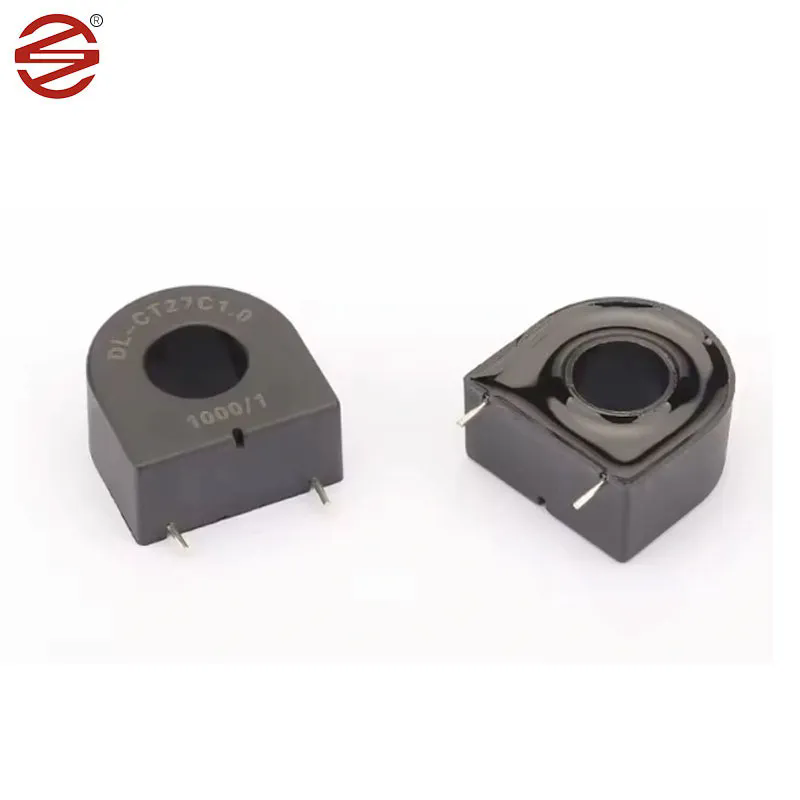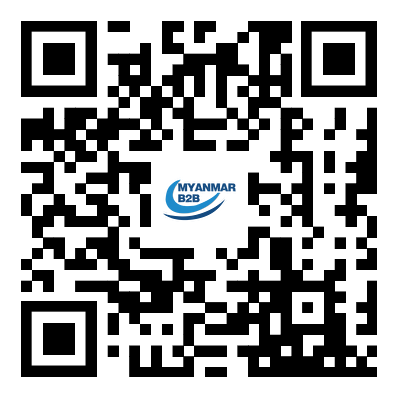Key Features of a Current Transformer
2024-08-10
A Current Transformer (CT) is a type of transformer used in electrical systems to measure alternating current (AC) without directly connecting to the high-voltage line. CTs are essential in monitoring and protecting electrical equipment by reducing high current levels to a lower, manageable value that can be safely measured by instruments.
Key Features of a Current Transformer:
1. Current Reduction: CTs reduce high current levels from the primary circuit to a lower, proportional current in the secondary circuit. This lower current can then be safely fed to measuring instruments like ammeters, protection relays, and energy meters.
2. Ratio: The current transformer has a specified ratio, such as 100:5, which means that 100 amps on the primary side will be converted to 5 amps on the secondary side.
3. Isolation: CTs provide electrical isolation between the high-current primary circuit and the low-current secondary circuit, enhancing safety and protecting measuring devices.
4. Accuracy: Designed to accurately replicate the primary current on the secondary side, maintaining the phase relationship and proportionality.
5. Core Material: The core of a CT is usually made from a magnetic material like silicon steel, which enhances the efficiency and accuracy of the transformation.
Types of Current Transformers:
1. Wound CT: The primary winding is physically wound around the core. Used in applications where the primary current is low.
2. Bar-Type CT: The primary winding is a straight conductor or busbar that passes through the core. Common in high-current applications.
3. Toroidal CT: A ring-shaped CT where the primary conductor passes through the center of the core. Often used for residual current measurement or ground fault detection.
4. Split-Core CT: The core can be opened, allowing it to be installed without disconnecting the primary conductor. This is useful for retrofitting in existing installations.
Applications:
1. Measurement: CTs are widely used to measure current in power systems. They allow for accurate current measurement without needing to interrupt the circuit or directly connect to high-voltage lines.
2. Protection: Used in conjunction with protection relays, CTs help detect fault conditions like overcurrent, short circuits, and ground faults. This enables protective devices to act quickly to isolate the fault, preventing damage to equipment.
3. Metering: In energy meters, CTs help in measuring the total energy consumption by scaling down high currents to a level that the meter can handle.
4. Monitoring: CTs are used in monitoring systems to continuously measure current flow and assess the health of the electrical system, detecting issues like imbalance or overloads.
How It Works:
- Primary Winding: The CT’s primary winding is connected in series with the conductor carrying the current to be measured. This conductor forms the primary circuit.
- Magnetic Core: The current flowing through the primary winding generates a magnetic field in the core. This magnetic field induces a proportional current in the secondary winding.
- Secondary Winding: The secondary winding, which has more turns than the primary winding, produces a lower, proportional current based on the transformer’s ratio.
- Output: The secondary current is fed to measurement devices or protection systems, allowing them to monitor or control the electrical system safely.
Importance:
- Safety: CTs allow for the measurement and monitoring of high currents without the need for direct connection to high-voltage circuits, enhancing safety.
- Accuracy: They provide accurate current measurements, which are crucial for both energy metering and system protection.
- Cost-Efficiency: CTs enable the use of lower-cost instruments by reducing the high currents to a level that standard measuring devices can handle.
Usage Scenario:
- In a Substation: A CT is installed around a conductor carrying high current. The secondary side is connected to a protection relay. If a fault occurs, the CT provides the relay with a proportional current signal, allowing the relay to detect the fault and trigger the circuit breaker.
- In Energy Metering: CTs are used in industrial and commercial energy meters to accurately measure the power consumption by scaling down the current from the power lines.
Current Transformers are vital components in electrical systems, providing a safe and accurate way to measure and monitor current in high-voltage circuits, ensuring the safety, reliability, and efficiency of power systems.



